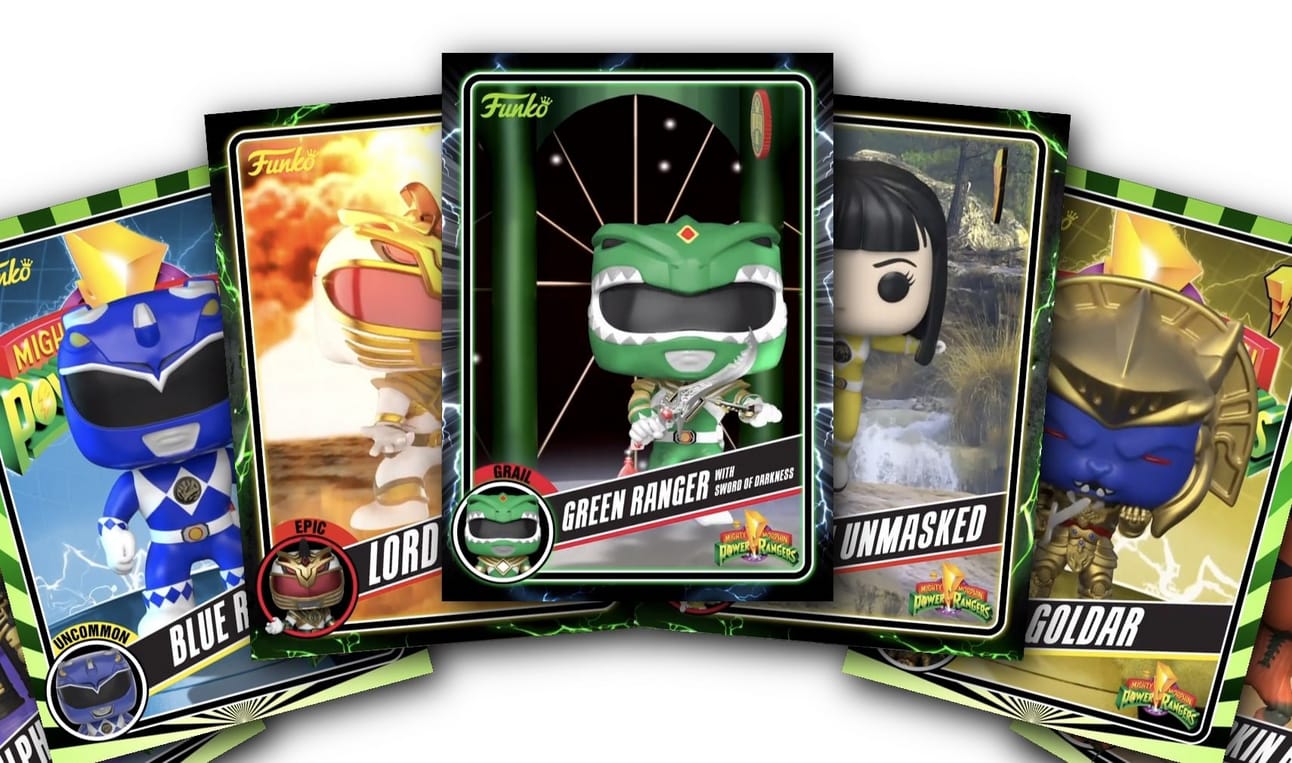- Mozuma: Beyond Screens
- Posts
- The Hype Machine: How Funko Turned Collecting into Addiction
The Hype Machine: How Funko Turned Collecting into Addiction
Part 2 of 3 in the Funko Chronicles
If Funko's production runs like fast fashion, its marketing operates like a fandom-fueled casino. The house always wins, and collectors keep coming back for more.
How did a simple toy company create such devoted fans that they'd camp outside stores overnight? The answer lies in a masterclass of manufactured scarcity and psychological manipulation.
The Vault: Creating Artificial Rarity
In 2014, Funko introduced the "Vault"—their term for officially discontinuing certain figures. Once a Pop! gets "vaulted," production stops forever. No reprints, no second chances.
This simple concept transformed collecting psychology. Suddenly, that $12 figure sitting on the shelf might become the $200 grail you'll regret not buying.
The Scarcity Pyramid:
Standard Releases: Available everywhere
Retailer Exclusives: GameStop, Target, Hot Topic only
Convention Exclusives: Comic-Con, limited venue sales
Chase Variants: Random 1-in-6 rare versions
Ultra Limited: 500 pieces or fewer worldwide
Exclusives: The FOMO Engine

Walk into any GameStop and you'll see Pops with special "Exclusive" stickers. Funko partners with retailers to create store-specific variants-same character, different outfit, paint job, or pose.
Why This Works:
Forces fans to visit multiple stores
Creates trading opportunities between collectors
Generates foot traffic for retail partners
Builds artificial urgency ("only at Target!")
The chase variants are particularly diabolical. Imagine buying a box hoping for the regular Batman figure, but there's a 1-in-6 chance you'll get the metallic variant worth 10x more. It's literal gambling disguised as toy collecting.
Digital Disasters: The NFT Experiment

Not every Funko innovation succeeded. In 2021, riding the NFT wave, Funko launched "Digital Pop!"—virtual collectibles you could "own" on the blockchain.
What Went Wrong:
Fans wanted physical products, not digital receipts
Environmental concerns about blockchain energy use
Confusing technology for the target demographic
Market crashed before gaining traction
The NFT experiment quietly disappeared, proving that even Funko couldn't digitize the tactile joy of collecting physical objects.
Beyond Vinyl: The Expansion Attempts
Funko Games: Board games featuring Marvel, Disney, and DC properties. Moderate success in hobby game stores but never achieved Pop! levels of popularity.
Mondo Acquisition (2022): Funko bought the cult art brand known for movie posters and vinyl soundtracks for $55 million. However, this premium art market proved too niche, and Funko eventually sold off parts of Mondo, showing their core strength remains mass-market collectibles.
Loungefly Partnership: Funko-themed backpacks and accessories that found success among Disney park-goers and convention attendees.
The Psychology of Funko Fanatics
What drives people to own thousands of nearly identical figures? The psychology is fascinating:
Identity Expression: Your Pop! collection becomes a physical manifestation of your interests. It's like wearing your fandoms on your shelf.
Completion Compulsion: Set collecting triggers the brain's reward system. "I have 8 out of 10 Golden Girls Pops—I NEED the other two."
Investment Rationalization: "It's not spending money; it's investing in collectibles" (even though most Pops lose value over time).
Social Connection: Online groups like "Funko Pop Hunters" create communities around shared obsession. Collecting becomes social activity.
FOMO Addiction: Fear of missing limited releases creates anxiety that only purchasing can relieve.
The Dark Side: Retail Oversaturation
By 2022, some retailers complained about "Funko fatigue." Stores struggled with:
Wall space dominated by hundreds of similar-looking boxes
Inventory management nightmares with countless SKUs
Slow-moving older releases taking up prime real estate
Customer complaints about "too much Funko, not enough variety"
Hot Topic executives privately admitted that Funko Pops, while profitable, were crowding out other merchandise that might bring in new customers.
Convention Culture and the Flipper Economy
Comic-Con exclusive Pops created a secondary economy of professional "flippers"—people who'd wait in lines for hours to buy figures and immediately resell them online for profit.
Real Examples:
Freddy Funko as Apollo Creed (12 pieces worldwide): Sold for $6,000
Metallic Ghost Rider (480 pieces): $3,000+
Golden Ticket Willy Wonka (10 pieces): $4,500
This speculation partly drove the bubble that would eventually burst...
Warning Signs Nobody Heeded
By 2021, warning signs were everywhere:
Production had ramped to nearly 20,000 different products
New releases arrived weekly, not monthly
Even hardcore collectors complained about "too much too fast"
Secondary market prices stagnated except for ultra-rare pieces
But Funko, drunk on success, kept the hype machine running at full speed.
In Part 3, we'll see what happens when manufactured scarcity meets real-world economics, leading to the most dramatic chapter in Funko's story: the great inventory crisis of 2023.
Next week in Part 3: "The Bubble Pops: When $30 Million of Toys Hit the Landfill